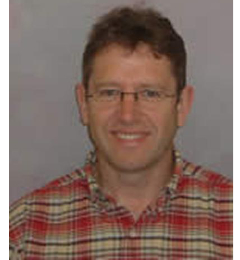(UTC)

Jet wing interaction noise
Modern jet exhaust nozzles are becoming larger, which means that the engines are closer to the wing. This in turn means that the exhaust stream and airframe surfaces can interact, leading to additional noise. In ISVR’S Doak laboratory, we are researching this problem from both analytical and experimental standpoints, with the aim of finding ways of reducing this additional noise.
Engine noise installation effects of blended wing passenger aircraft
The blended wing is one of several novel designs being considered for future aircraft as it may offer both fuel burn and noise benefits. We are experimenting to determine how such an airframe shields an observer on the ground from fan tone noise produced by the turbofan engine inlets. Using a 1:40 scale model of the SAX-40 was produced and hung from the ceiling of the ISVR’s anechoic chamber. By using the principle of acoustic reciprocity, it is possible to build up noise maps at different frequencies and for the different fan modes. Higher modes are far less effectively shielded by the airframe.
RANS based jet noise prediction
Industry needs fast, reliable 3D prediction methods for more complicated jet exhaust nozzles. At ISVR, we are developing a fast prediction code that can be used in nozzle optimisation studies. Known as RENOIR, the code uses RANS CFD as input to define the acoustic sources, with the resulting sound propagation via ray theory.
Advanced open rotor noise
This is an aeronautical engine concept that offers potentially significant reductions in fuel burn relative to current generation turbofan engines. UTC works closely with Rolls-Royce plc to investigate the noise produced by an open rotor. Activities include developing analytical methods for predicting noise and developing methods for analysing noise data gathered from experiments conducted using model-scale advanced open rotors.
Collaboration opportunity
The University Technology Centre in Gas Turbine Noise (UTC) is a Rolls-Royce partnership; however, we collaborate with other industry partners and seek new projects and opportunities.
If you would like to know more, please contact noiseutc@southampton.ac.uk



